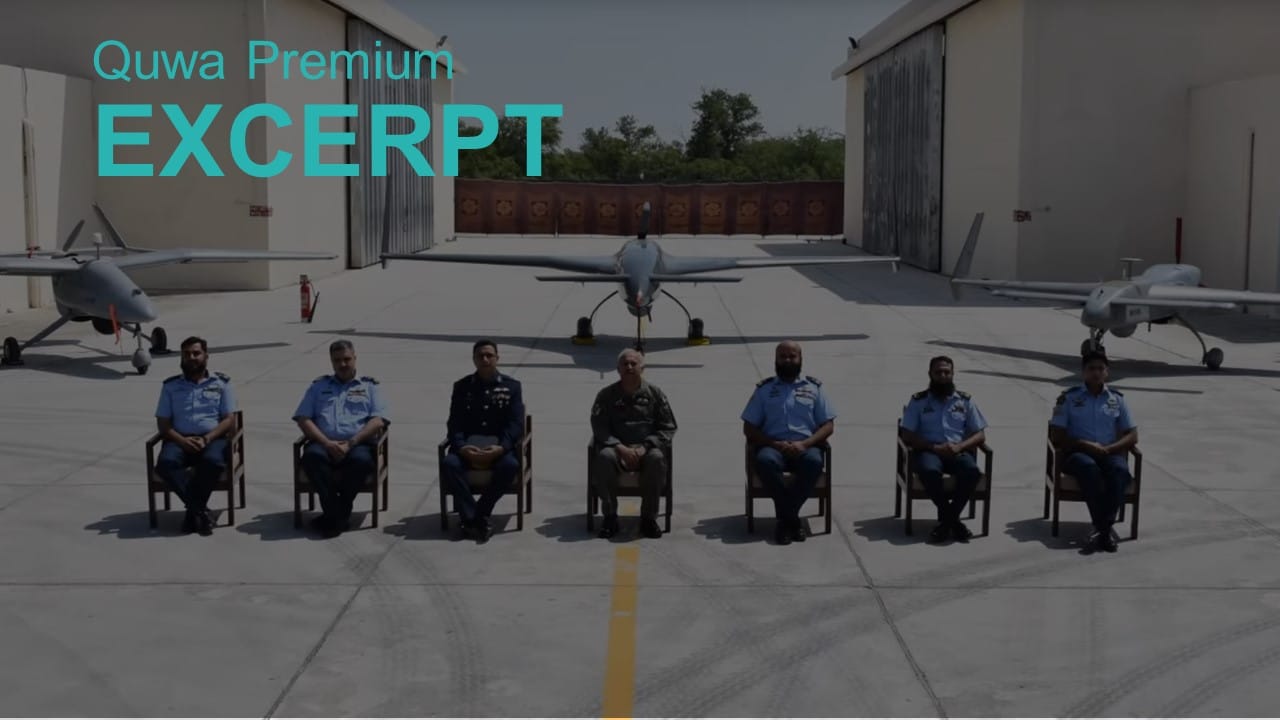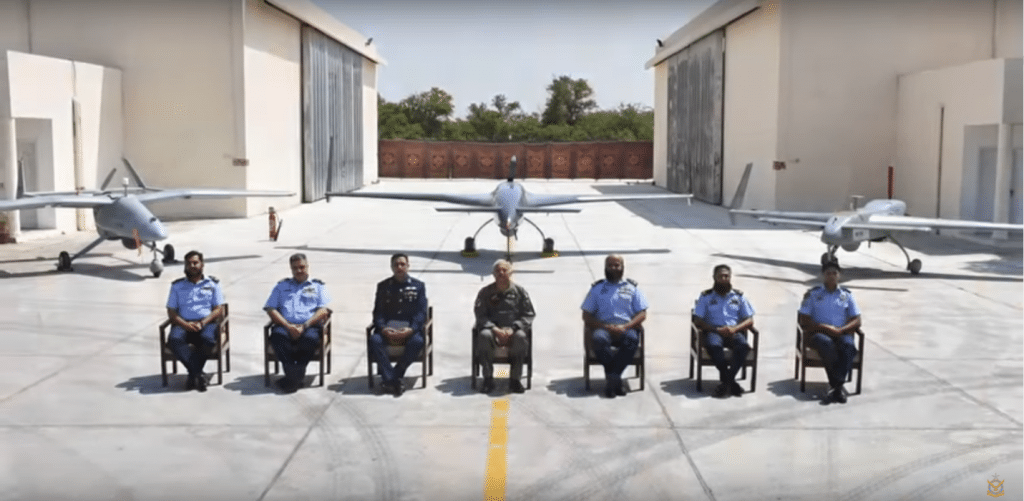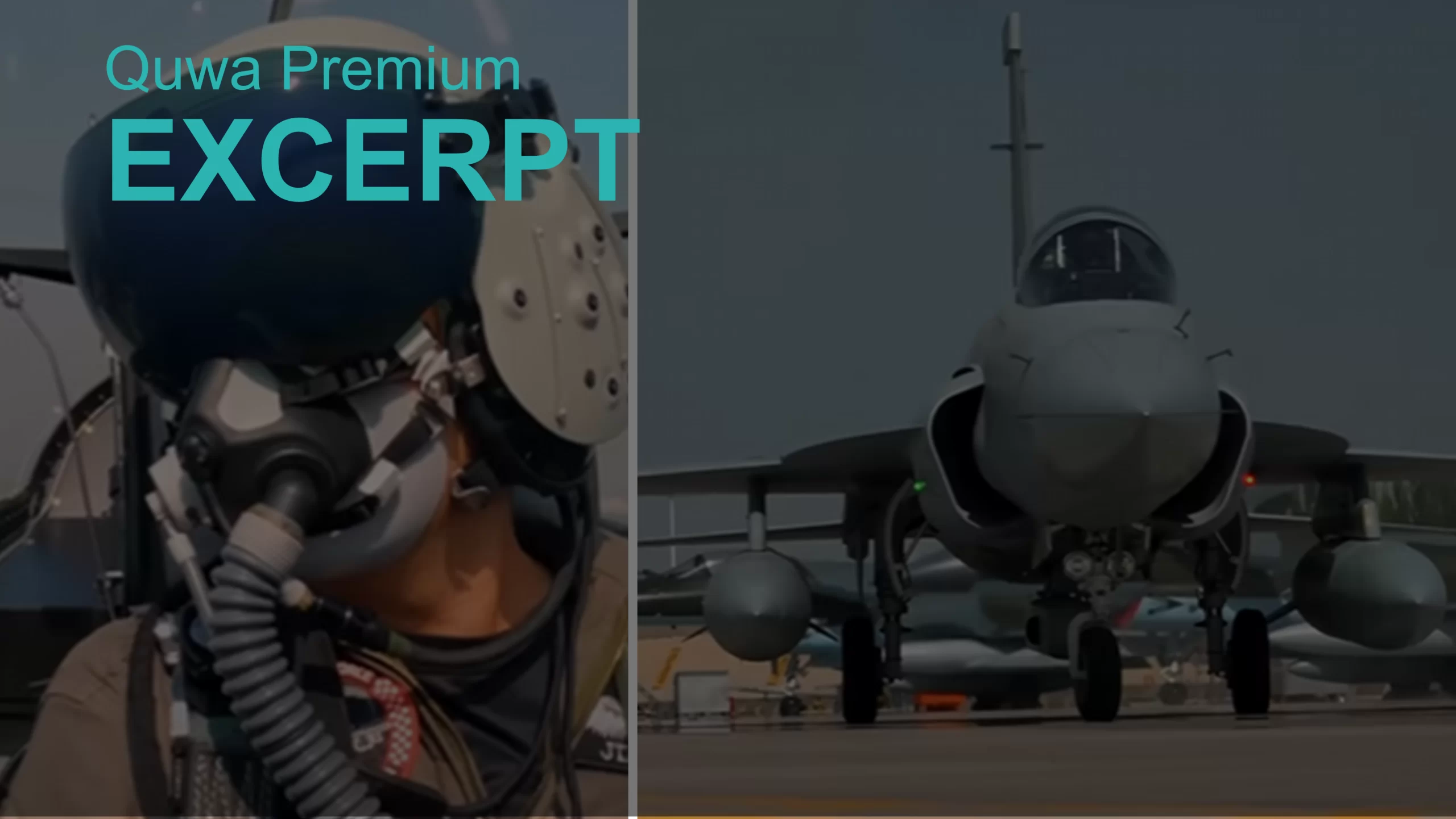2229Views

Pakistan’s UAV Development, Deployment, and Future
Author Profile: Syed Aseem Ul Islam is PhD candidate at the University of Michigan, Ann Arbor, USA, specializing in adaptive and model-predictive flight control systems. He received his bachelor’s degree in aerospace engineering from the Institute of Space Technology, Islamabad, and his master’s degree in flight dynamics and control from the University of Michigan.
The importance of unmanned aerial vehicles (UAVs) in the modern battlespace is widely recognized in our times. With the success that UAVs have had in military operations in Libya and Syria, the importance of UAVs has become abundantly clear to today’s planners.
Pakistan is no exception. Pakistani defence planners have had the foresight to start substantive UAV programs in the late 2000s, the fruits of which are apparent today.
This article will detail the development of Pakistan’s UAV program, i.e., the roles it played thus far, and what roles it could play in the future. However, due to the secretive nature of these programs, some portions of this article are limited to educated inferences, and not conclusive facts.
To appreciate the importance of UAVs, we must analyze the numerous roles UAVs could assume for each of Pakistan’s service arms. The most important of these is intelligence, surveillance, and reconnaissance (ISR). UAVs are especially suited to ISR roles as they can autonomously loiter over areas for extended time-periods, and with minimal exposure to detection (mainly due to their relatively small sizes).
Drones: How Pakistan Can Learn From Turkey | Turkey is setting an example of how to use armed UAVs against opposing military forces both today, and in the future. In contrast, Pakistan has not yet reached the level Turkey is at in drone design… | Read More
Another important role for UAVs is target designation through lasers (or ‘lazing’). Before the widespread use of UAVs, militaries had lazed targets using specially-trained infantry on the ground (e.g., Joint Terminal Attack Controllers or JTAC), targeting pods onboard aircraft armed with laser-guided bombs (LGB), or via a dedicated targeting aircraft that had to remain on station till the time the target was hit.
However, with the induction of UAVs, militaries can detect and laze targets safely and reliably (with much reduced risk to human operators), and for extended periods of time. It appears that the Pakistan Air Force (PAF) had used UAVs for ISR, targeting, and precision-strike through the 2010s.
UAVs can also be used as signal intelligence (SIGINT) platforms, i.e., gather emissions of an adversary’s radar systems (and build a countermeasure threat library). However, it does not appear Pakistan currently has UAVs large enough to carry SIGINT payloads, at least at this time.
Separately, UAVs can also serve a critical maritime surveillance role. Unfortunately, it seems that Pakistan Navy’s (PN) UAV programs are not synergized with those of the Pakistan Army (PA) and PAF. Furthermore, maritime surveillance drones tend to be larger for greater endurance and larger payloads, and Pakistan currently does not produce UAVs in this class. Thus, the PN is predisposed to inducting UAVs of this size.
The backbone of Pakistan’s drone fleet comprises by three UAV platforms: the Leonardo Falco, NESCOM Burraq, and GIDS Shahpar. Air Chief Marshal (ACM) Mujahid Anwar Khan visited PAF Murid Airbase on 1st July 2020 and was photographed with all three UAVs.

Leonardo Falco
The Falco is Pakistan’s first medium-altitude, medium-endurance UAV. According to Pakistan Aeronautical Complex’s (PAC), it assembled the first eight Falco UAVs from imported kits in 2008. PAC adds that it also acquired the capability to locally manufacture these UAVs [end of excerpt, subscribe to Quwa Premium to read the full article]…
NESCOM Burraq
Pakistan’s sole unmanned combat aerial vehicle (UCAV) is the Burraq, at least in operational service. The origin of the Burraq is unclear. The Burraq appears to be a licensed variant of the China Aerospace Science and Technology Corporation (CASC) CH-3, but with some local inputs, such as the Global Industrial Defense Solutions (GIDS) Zumer-1EP electro-optical/infrared (EO/IR) turret [end of excerpt, subscribe to Quwa Premium to read the full article]…
Project Azm: The Expansion of Pakistan’s Drone Program | Pakistan is expanding its unmanned aerial vehicle (UAV) fleet through the procurement of new medium-altitude long-endurance (MALE) drones, most notably with Project Azm (resolve), under which a MALE UAV is being developed… | Read More
GIDS Shahpar
The Global Industrial Defence Solutions (GIDS) Shahpar holds the notable position of being the first indigenously designed medium-altitude, medium endurance UAV in Pakistan.
The value of this UAV cannot be understated as the successful operationalization of this system brought with it valuable experience in the design and implementation of flight control systems, flight-software, and flight-hardware to Pakistani engineers [end of excerpt, subscribe to Quwa Premium to read the full article]…
Analysis
As a laudable policy decision, it appears that planners in Pakistan have decided against buying large numbers of foreign drones, choosing instead to manufacture foreign designs locally, or developing completely local designs. Unfortunately, the PN seems to be “doing its own thing” with its purchase of ScanEagle and Luna NG UAVs. A squadron of locally manufactured Uqaab UAVs is in service with the PN, but it is unclear what role these play. A possible reason for this disconnect is the specialized UAV needs of PN.
Naval UAVs need to be either large with long endurance so that they can operate from the coast, deep into the sea, and for extended periods, or they need to be small, efficient, and with special provisions like catapults or vertical-take-off-and-landing (VTOL), so that they can be launched and recovered from ships. Therefore, specialized UAVs need to be developed for the PN to generate the benefits of common and interoperable platforms and economies of scale [end of excerpt, subscribe to Quwa Premium to read the full article]…
End of Excerpt (797/2,058 words)
You can read the complete article by logging in (click here) or subscribing to Quwa Premium (click here).
Pakistan Signs MoU With Havelsan on Drone Technology | Pakistan Aeronautical Complex (PAC) signed a memorandum-of-understanding (MoU) with Havelsan, a Turkish defence electronics vendor, to co-develop subsystems for PAC’s unmanned aerial vehicle (UAV) program and to contribute towards the Kamra Aviation City initiative… | Read More.


